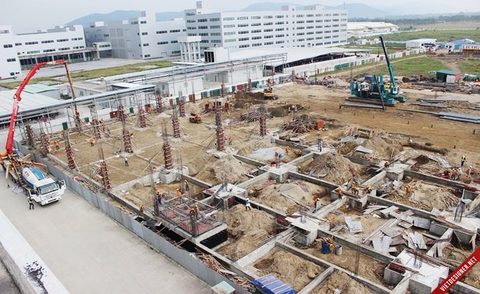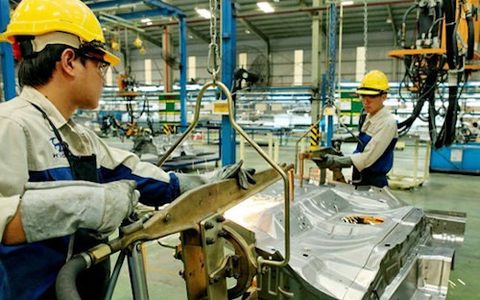Bac Giang to plan development of industrial parks
Bac Giang to plan development of industrial parks
The northern province of Bac Giang plan to build new industrial parks (IPs) in the locality from 2020 to 2030.

This was revealed by Tran Vu Thong, deputy head of the province’s industrial parks management board.
The new IPs in the vision include Nham Son, Yen Lu and Xuan Phu – Huong Gian in Yen Dung District, Hop Thinh in Hiep Hoa District, Bac Lung and Kham Lang – Yen Son in Luc Nam District and the Tan Thinh – Quang Thinh – Huong Son in Lang Giang District.
The management board has proposed that the province adds the IPs to the provincial IP development master plan and submits it to the Prime Minister for approval.
Thong also noted the need for specific measures to attract experienced and financially capable investors to develop the infrastructure of the IPs.
At the same time, the province should invest in infrastructure facilities outside the IPs to facilitate investment mobilisation. The People’s Committees in districts where the future IPs are located are urged to work harder in land clearance for the IPs.
Located 50km to the northeast of the capital city of Ha Noi, Bac Giang has huge potential for developing electronics, electric appliances, agricultural product processing, mechanical engineering, chemicals and construction materials.
The province is currently home to six IPs, including Dinh Tram, Quang Chau, Song Khe – Noi Hoang and Van Trung, as well as Viet – Han (Vietnam – Republic of Korea) and Hoa Phu. The Dinh Tram IP has 119 investment projects, including 61 domestic ones, worth VND1.73 trillion (US$76.12 million), and 58 foreign ones worth over $325 million, while the Quang Chau IP has 18 investment projects, 16 of which are foreign-invested.
The Van Trung IP houses 54 projects and the Song Khe – Noi Hoang has 33.
Land clearance and infrastructure construction are underway in the Hoa Phu and Viet – Han IPs.
The province’s industrial production value in the first nine months of this year was VND78.36 trillion, up 32.8 per cent year on year.




















